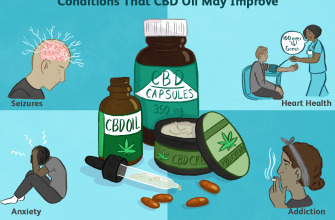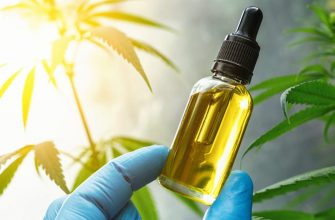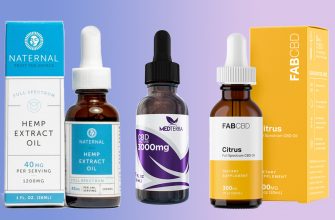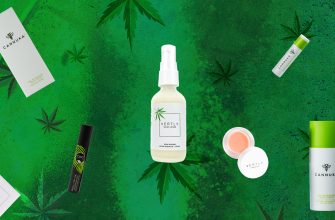Marijuana instead of morning coffee: a healthy edible cannabis
The world is slowly coming to the conclusion that marijuana is not so bad. In fact, marijuana is becoming one of the most effective medicinal plants of the 21st century. A lot of research on the properties of marijuana only reinforces this idea; scientists continue to publish new revolutionary evidence that marijuana is a good health product that cannot be written off.
So, in a study funded by the US government and published in the authoritative scientific journal “Journal of Biological Chemistry”, it appears that THC (tetrahydrocannabinol) can positively affect the state of the body, help in the treatment of inflammatory diseases and even cancer.
A study conducted at the Institute of Molecular Psychiatry at the University of Bonn showed that cannabis triggers the release of antioxidants and increases the body’s stamina.
Gery Wenk, professor of neurophysiology, immunology, and medical genetics at Ohio State University, believes that a new perspective on natural cannabinoids is emerging today: in connection with scientific data, cannabis can positively affect the brain by stopping processes cognitive decline and degenerative changes in the brain.
A study of the properties of marijuana, published in the British scientific journal “British Journal of Pharmacology”, revealed the anticonvulsant effect of cannabis.
The journal Biochemical Pharmacology recently published studies showing that THC can prevent a heart attack (when taken 2-48 hours before an expected attack, for example, before heart surgery) and reduce the risk of cardiovascular disease. At the same time, low doses of THC, which are enough to prevent ischemic stroke, exclude any “psychoactive side effects”, according to scientists.
Research from the Tokyo Metropolitan Institute of Public Health, published in the journal Pharmacy and Pharmacology, shows that cannabinoids prevent the occurrence of skin cancer (with long enough use of marijuana, about 20 weeks) .
When blood cells (leukocytes) are treated with synthesized THC, their resistance to HIV increases, according to a study published in the Journal of Leukocyte Biology.
In the Journal of Neuroimmune Pharmacology, there is an article in which the authors prove the positive effect of cannabis on organ engraftment after organ transplantation (reducing the risk of graft-versus-host disease – GVHD). Ironically, in most regions of America, a patient who has used marijuana cannot receive a transplant.
In addition, cannabis has been proven effective in the fight against PTSD (post-traumatic stress disorder) – it has long been used to treat PTSD in US Army soldiers, and more recently in the treatment of survivors of violence.
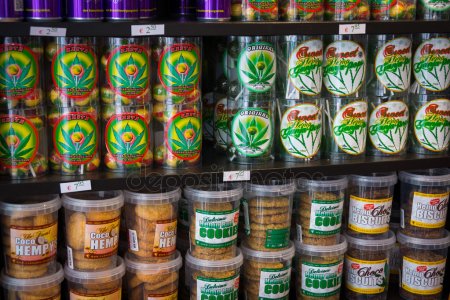
So, do you have to smoke marijuana?
So, the benefits of marijuana are being researched and proven in many studies. Should we conclude from this that we all need to smoke marijuana? Rather not, because some of these studies have been done in a lab using pure THC or CBD, the active ingredients in cannabis. However, studies that have shown positive effects of cannabis on the heart, brain, PTSD, and skin resistance have assumed the use of marijuana in its “original” form.
Is it true that smoking marijuana is the best way to use it? Unfortunately, most people still believe that smoking is the best way to get the benefits of marijuana. In fact, smoking is one of the fastest ways to get THC into your bloodstream and nervous system, but it’s far from the most ideal. This method can cause coughing (especially for beginners), irritate the throat and lungs, and the strong smell of marijuana smoke is sure to permeate your hair, clothes, and apartment. This will not add social points to a person living in a society where the use of cannabis is still stigmatized (and in some places even banned).
Given all the pitfalls associated with smoking marijuana, you can be sure that you are unlikely to bring a pipe of weed to work and start smoking while not looking up from important daily tasks. But what if marijuana were in edible form? It is quite possible to take cookies to work for tea. Here, however, the question arises that mixing marijuana with food leads to mixed results – in the sense that they become unpredictable.
This is because most people find it difficult to determine the ratio of ingredients to create a first-class mix. But there are also people who turn to scientific information to prepare their perfect “edible joint.” They carefully measure the amount of marijuana and other ingredients it will be mixed with. The result is sometimes truly magical – not in the sense of an unpredictable effect, of course.
Just like caffeine, marijuana is making headway as a drug or dietary supplement. Maybe within the next decade you will find yourself not gulping down the traditional morning coffee to wake up, but slowly sipping marijuana tea? Or maybe munching on a piece of marijuana pie on the way to work to get in better shape before the next big work meeting?
Be that as it may, now is the time to make marijuana cookies instead of rolling your own. Carefully measuring the ingredients, of course: the unpredictable effect is good for the holidays, and we are going to fit marijuana into everyday life
(Dali be)
.jpg)

